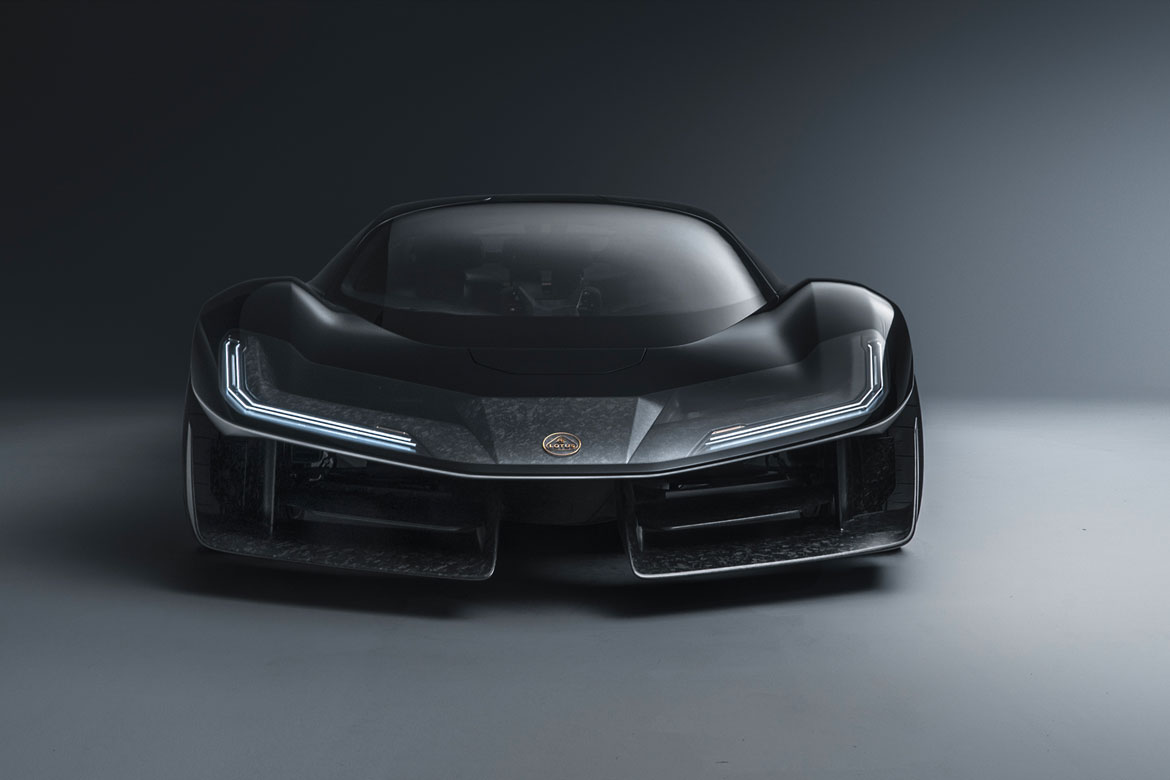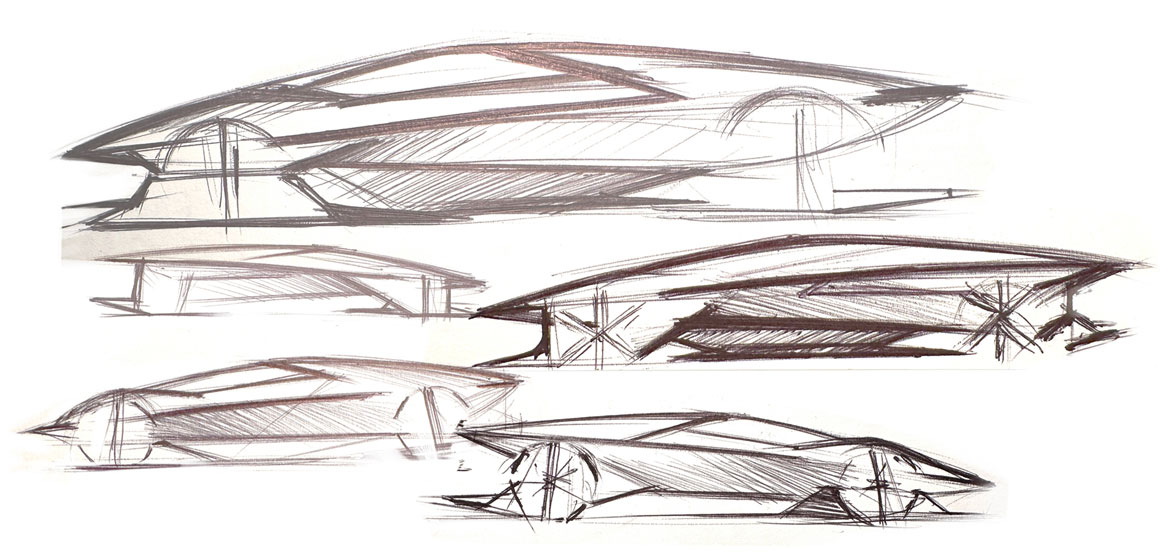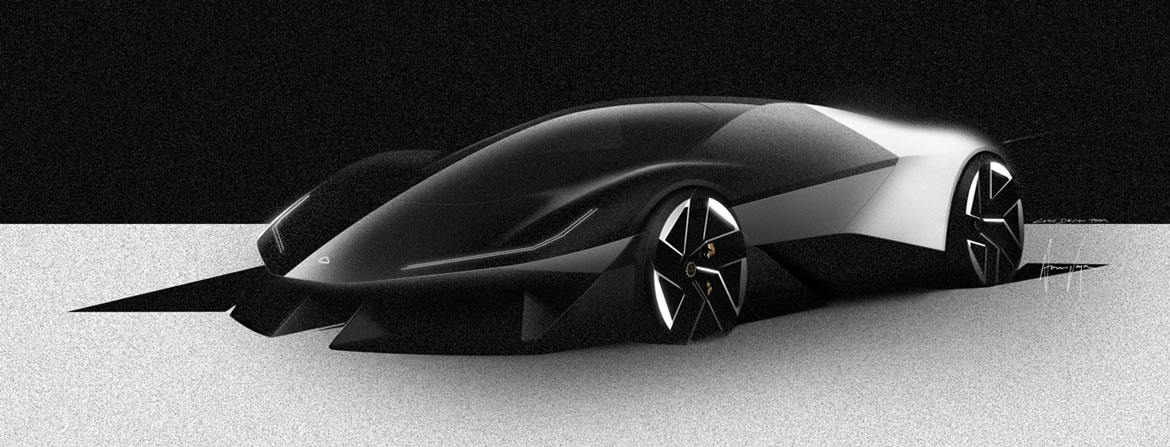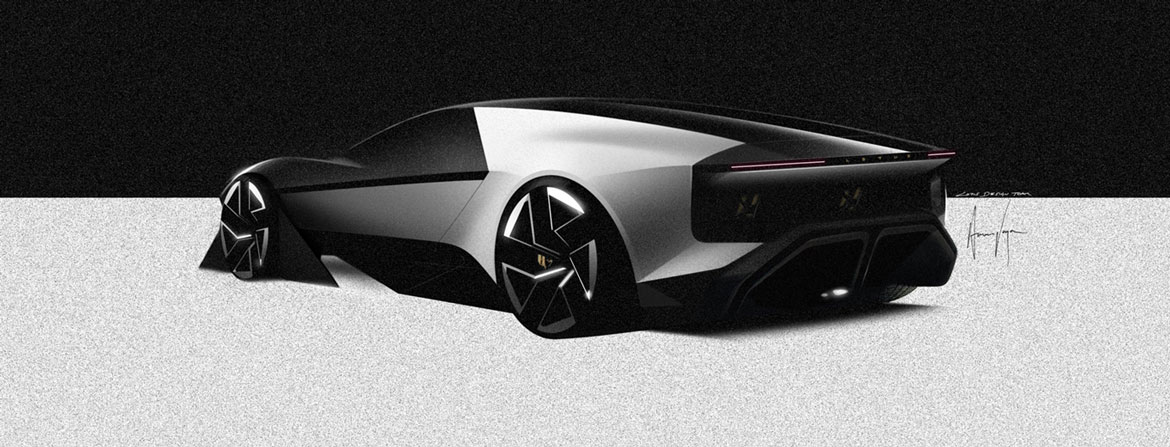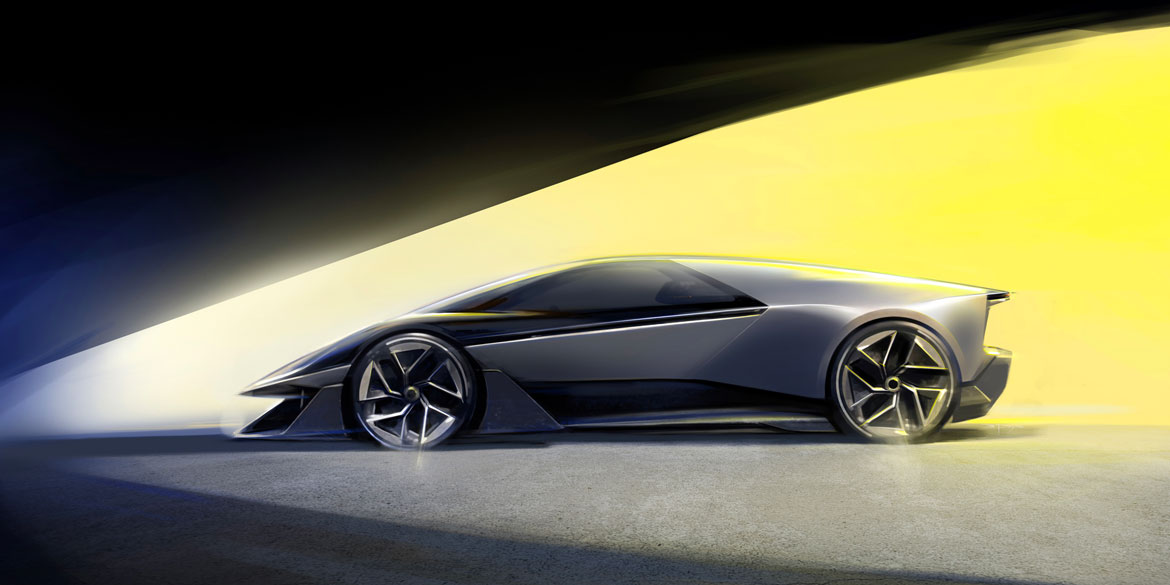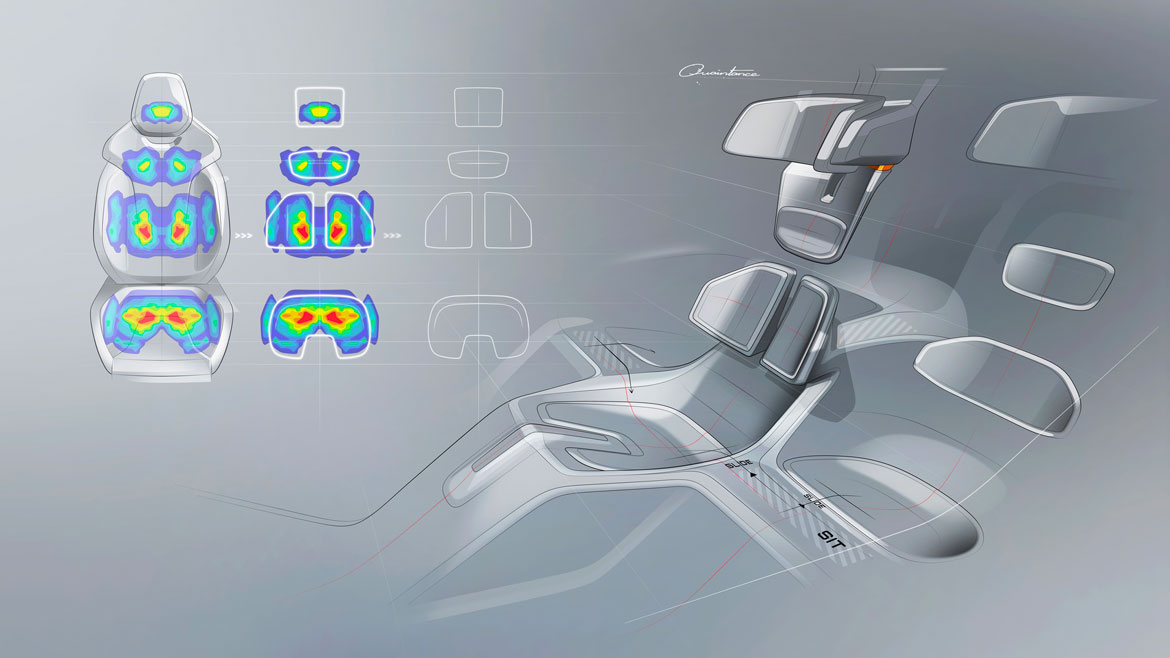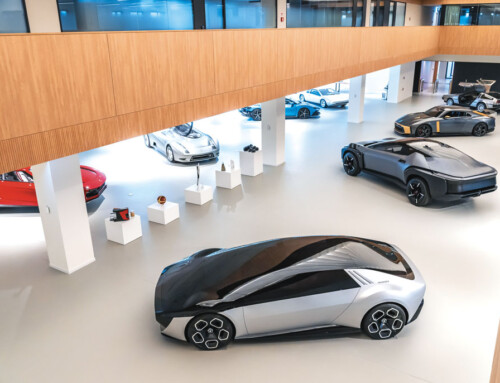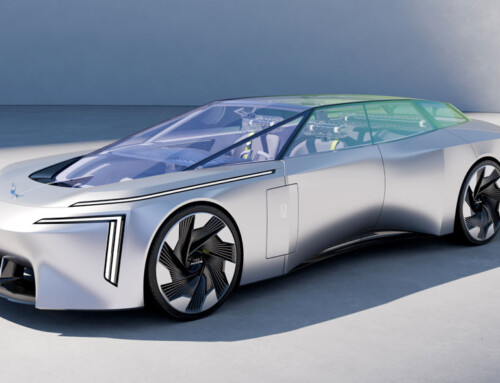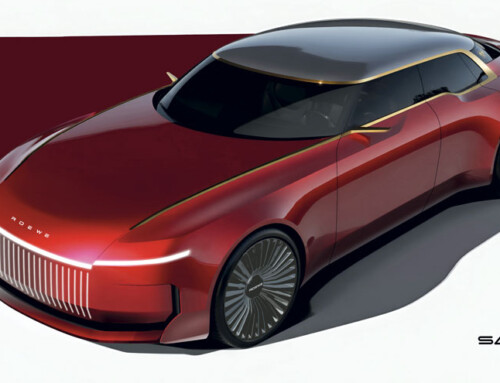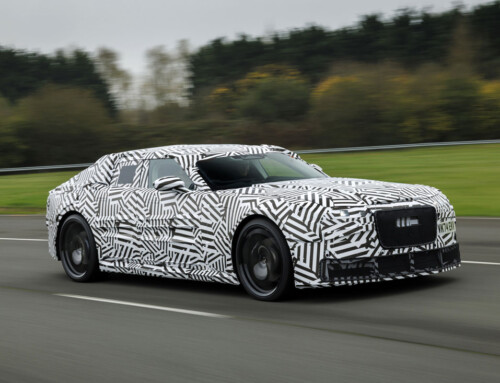I believe Colin Chapman would not hesitate to put his signature under the Theory 1 project with which the brand he fathered, the legendary Lotus, launches with this futuristic concept the vision of an intelligent, high-performance electric car, the result of a new design manifesto that will be the basis of all Lotuses to come. I asked Chapman many years ago, while Jim Clark’s Lotus 25 was overwhelming all its opponents in Formula 1 in the early 1960s, what the secret of that success was. “Lightness, therefore simplicity,” he replied.
Simplicity in Lotus DNA
And with Theory 1 Ben Payne follows, along the lines of that tradition, a concept of simplicity that the automotive world has perhaps forgotten. “Simplicity – insists Payne, Vice President for Design – is in Lotus’ DNA, but it must be applied in the right way”. In this case, adapting it harmoniously to the driver and his needs. Theory 1 could only be a sports supercar, which would fit very well in the Lotus catalogue were it not for the fact that production is not – for the moment – in the books.
Sustainability and tradition
Payne says: “It is rather a laboratory of new theories, made to test technical innovations and style directions that will end up in production.” The magic word in today’s automotive industry is sustainability, but in this case rigorously encapsulated in the Lotus tradition. “It is a way of communicating to today’s public, for whom the name Lotus may not recall the sporting glories of the past, where this brand comes from and what traditions it relies on.”
References to the Formula 1
It is no coincidence that specific references are made to two of the Formula 1 cars, the Lotus 49 that revolutionized the structure of the racing cars of the time with the engine and gearbox used as an integral part of the chassis (in the Theory 1 concept it is the large battery that performs that function) and the Lotus 72 which was the most successful single-seater.
Physical and tactile interaction
In this concept the relationship between machine and man takes on new forms: physical, tactile, not just digital. The fabrics of the seats, the steering wheel cover communicate with the driver, “touching” him at special pressure points with a compressed air system governed by a computer. The doors are the subject of an international patent. They rise like wings: the front part rotates along a groove above the sills and it is the rear part that lifts. But that’s just one of the unique aspects of Theory 1. In the name of sustainability (and the simplicity-lightness combination), the coverings on the technical parts are eliminated.
“From one hundred to ten”
DIn front of the driver, who is at the centre of the car, with one passenger on each side and slightly set back, there is no dashboard as such, but the very structure of the car is visible, from which the suspension terminals emerge. “Everything in the passenger compartment is there because it’s functional,” Payne points out. And this – the combination of functionality and sustainability – leads to another challenge. “From one hundred to ten” was the watchword for Lotus designers in the three years they thought about the new course. “This leads us, as a design philosophy, to look for simpler ways, celebrating the technical material exposed, in a purity of expression that says a lot about the history of the brand,” concludes Payne.
(Full article in A&D no. 272)

